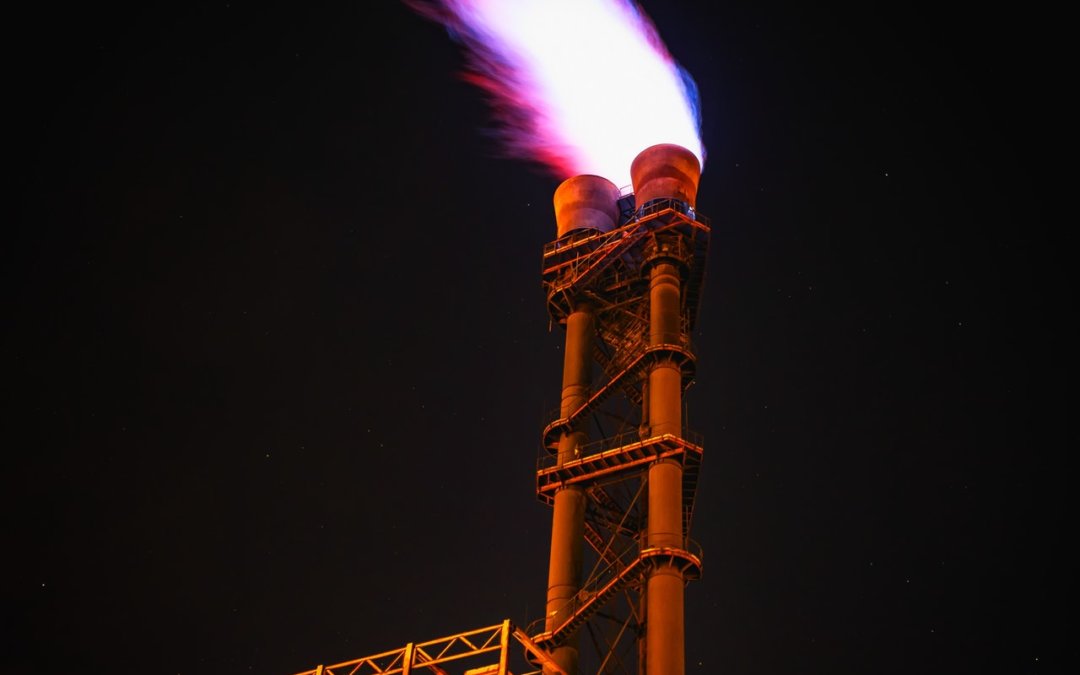Last year was a record year for the U.S. drilling industry. In 2019, the country’s drilling industry flared or vented more natural gas for a third year in a row. Most of the flaring and venting took place at production sites in North Dakota, New Mexico, and Texas.
What are Flaring and Venting?
When oil is produced, gas is released as a byproduct. Flaring takes place when drillers deliberately burn the gas. Flaring releases carbon dioxide, whereas venting releases unburned method. If drillers don’t have pipelines in place to move gas to market, or prices are too low to make transporting it pay off, they may flare or vent gas.
For example, in North Dakota, low prices have led to slow business in the state’s Bakken oil fields. As a result, drillers have been flaring gas instead of taking it to a market with such low prices.
Flaring and Venting in 2019
In the country’s largest shale basin, the Permian Basin, flaring and venting totaled around 293.2 billion cubic feet last year— 7% higher than in 2018. In North Dakota, however, the total was up 36% from the previous year. When the volume of the two fields is combined, the total is 493.2 Bcf, which is 5% above 2018’s total of 468.2 Bcf.
Impact
Although flaring and venting may seem like convenient ways to get rid of excess gas, the practice has environmental implications. Large amounts of greenhouse gases like carbon dioxide and methane can make climate change worse and harm our environment. If the volume of these gases produced last year by burning and venting was released directly into our atmosphere, it would have an impact roughly equalling that of seven coal-fired power plants.
The Future
Technology has greatly improved U.S. oil production during the last decade. Now, drillers can tap reserves once thought impossible to reach. As production grows, so does flaring and venting. However, some states have become conscious of the side effects of flaring and have implemented regulations to help limit the practice.
Although there are regulations in place, the level of enforcement varies from state to state. North Dakota has regularly missed its monthly regulatory target without suffering any penalties, and Texas has also allowed companies to burn gas over the regulated amount.
.
